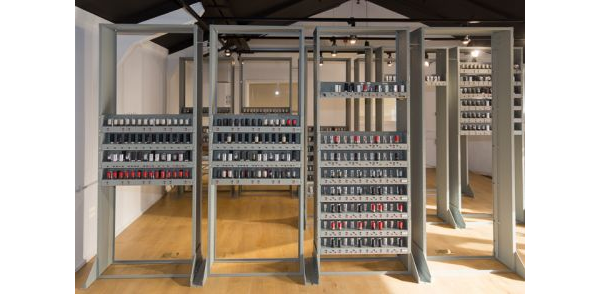Work to reconstruct one of the earliest computers has been boosted by the discovery of the original circuit diagrams. The EDSAC project had previously relied on photographs to put together components.
As we covered a couple of years ago, the Electronic Delay Storage Automatic Calculator was arguably the first completed and fully operational machine to meet the modern definition of a computer: electronic, digital and capable of being reprogrammed.
Staff at the UK’s National Museum of Computing in Bletchley Park have been reconstructing EDSAC in a project planned to last four years and be completed in 2015. They are using a combination of replica parts and authentic components from the era.
However, with few original design documents still in their possession, they were effectively working on a giant jigsaw puzzle with only a few photographs to work from. That’s a particular challenge given EDSAC had 3,000 valves arranged on 140 shelves.
Now the BBC reports that a visitor to the museum has come to the project’s aid. John Loker started working at the University of Cambridge, where EDSAC was built, shortly after it was decommissioned. Despite being a newcomer, he was curious enough to take home a roll of circuit diagrams from a pile of materials that was about to be thrown away, and has hung on to them for more than 50 years.
It wasn’t until his recent visit that Loker realized how useful the diagrams could be and he’s now donated them to the museum. It turns out the documents aren’t simply a plan of how to build EDSAC, but also details some of the design changes the original creators made along the way to improve reliability and repairability.

